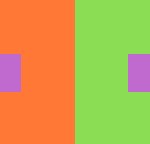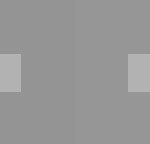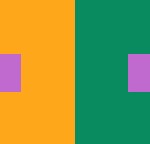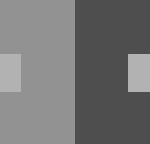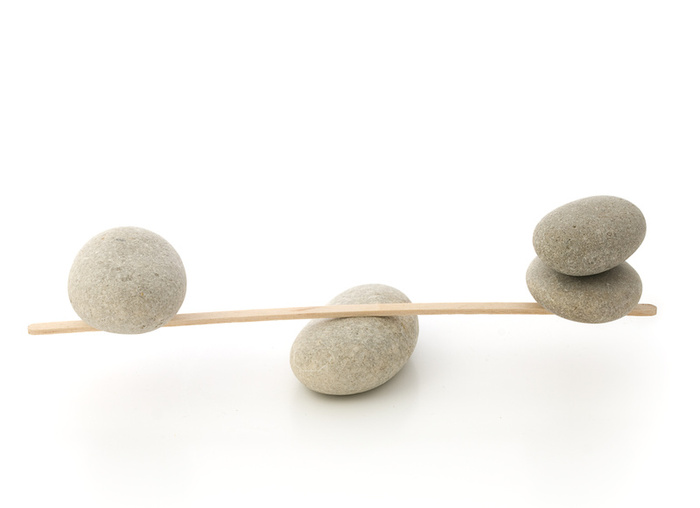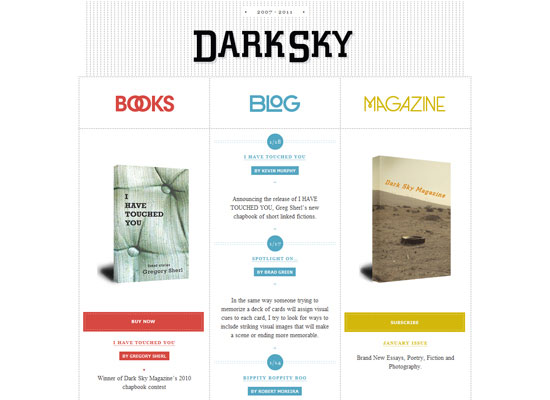Greetings from MIAMI!
Professor Phyllis Rosenblatt will be leading the class and presenting this Freestudy project. Please ask questions!
Feel free to contact me this week, if you need assistance.
Critique (15 min)
- Present your Color Interaction Studies
- 2 color study pairs will explore interactions by shifting hue, but not value.
- 2 color study pairs will demonstrate interactions by shifting both hue and value.
- Extra credit: 2 color study pairs will attempt to make two different colors look as a like as possible.
LAB (2 hr 15min)
Free-Study – Paired Color Identities with Simultaneous Contrast
OVERVIEW:
- Find a partner and choose a color that defines their identity (the type of person you perceive them to be).
- “I think you are outgoing and friendly. The color that defines you is prismatic Yellow-Orange.”
- “I think you are shy and smart. The color that defines you is a light, muted, Blue-Green.”
- Ask your partner to do the same. Use paint, color wheel, or cut paper to demonstrate this color to your partner.
- Come to an agreement about your respective color choices. Your partner’s color choice (the color that defines your identity) must be different than yours (the color you choose for your partner’s identity.)
- Between the two of you, choose one additional color that is in contrast to both of your color choices. You may need to choose a less-saturated hue or variation in value in order to create good contrast. Spend a few minutes experimenting with these color interactions.
- You only have two hues to work with: one will be a surrounding/influencing color and one will be a surrounded/influenced color. Like the Paired Interactions Studies we just completed, keep your shared hue exactly the same.
- Create a personal icon or symbol that represents your partner’s personality.
- This personal icon should be silhouette >> Portraits, generally in profile, from black card became popular in the mid-18th century. They are used in many mediums to give immediate identification or meaning.
- Take a look at the artwork of Kara Walker to see how she uses this method to convey meaning in her work.
- Also look at Indonesian Wayang Kulite – Shadow puppetry.
- Research all the different ways silhouette is used in graphic design, theater and art.
- Design a 9×12″ vertical composition that illustrates your partner’s personality using your chosen hue and the shared contrasting hue.
- Consider the entire page and make sure the icon or symbol is sized and placed appropriately in order to demonstrate a stable figure-ground relationship. Make this choice with your partner, so that your individual compositions work together.
- You will work independently, but your compositions will be displayed together and should demonstrate how one color (your shared color) can have two different identities depending on what hue it is surrounded by. Do this by exploring shifts in value, hue, and temperature through Simultaneous Contrast.
- The final composition can utilize any medium you choose, but consult your partner to make sure the medium you choose will create a unified pair.
- As with previous free-studies, research, thumbnails, color tests, consideration of overall compositional balance between figure and ground, unity, and communication of a clear concept or theme is important!
IN-CLASS WORK:
- Work with your partner.
- Come to an agreement about your respective color choices and shared contrasting color.
- Experiment with color palettes to demonstrate your color interactions and relationships.
- Decide on the medium you would like to work in.
- Decide on the layout of your compositions. ie: How will the figure and ground relate? How will the layouts of the paired compositions relate?
- Create a work schedule. This Freestudy (and all of Assignment #5) is due on Tuesday, Dec. 11th. Do not rush. Do not procrastinate. Use this project to demonstrate what you have learned in this course thus far.
- BY THE END OF CLASS:
- You and your partner should have completed the above and should be prepared to start working independently at home.
- Ask Prof. Rosenblatt to review your work in-progress to make sure you are on the right track.
Homework
Bring to class:
- Create at least 10 thumbnails of the symbol that will represent your partner’s personality.
- Choose 2 thumbnails and development them further, creating color “mockups” using cut paper, paint or digitally. These do not need to be final works, but should communicate your intentions to the class.
- DO NOT FORGET YOUR SUPPLIES. YOU WILL BE CONTINUING FREESTUDY WORK IN CLASS.

